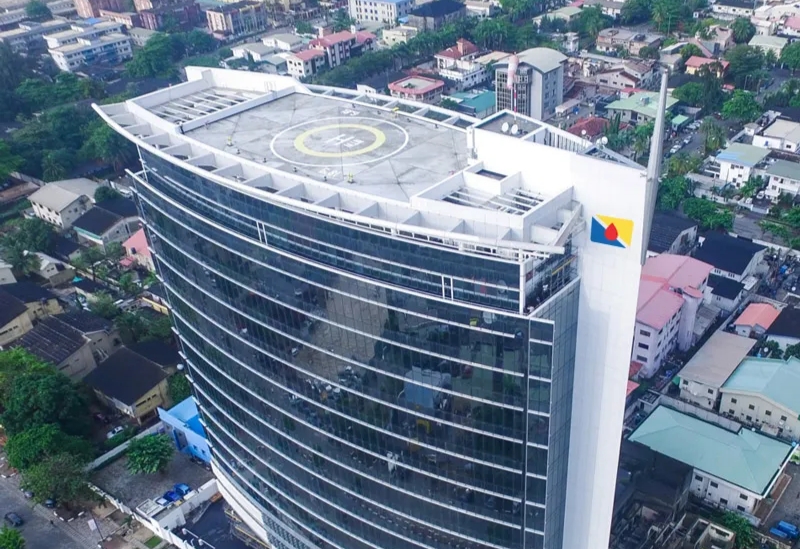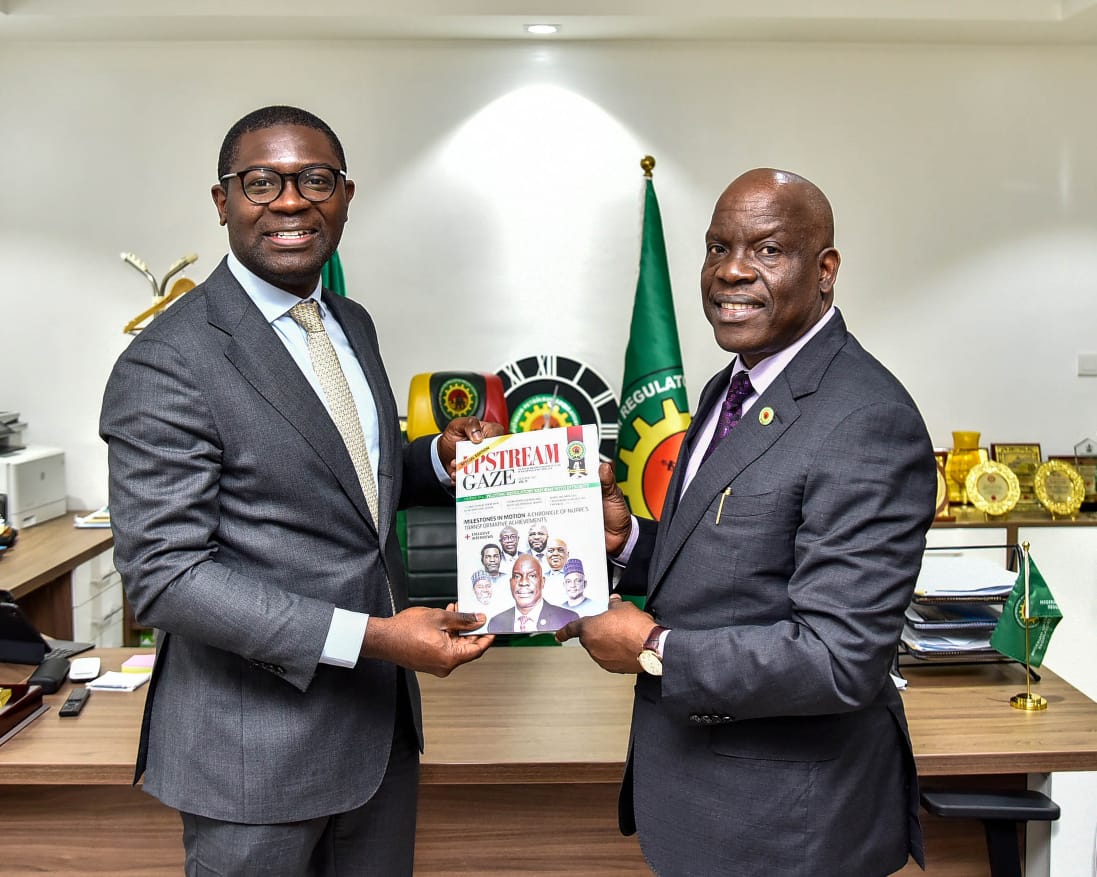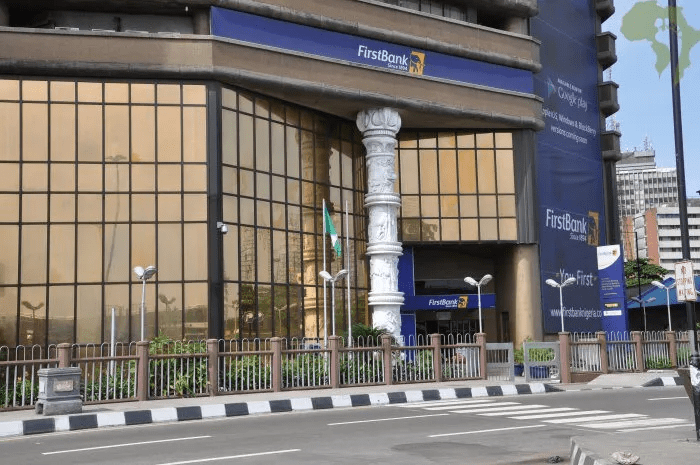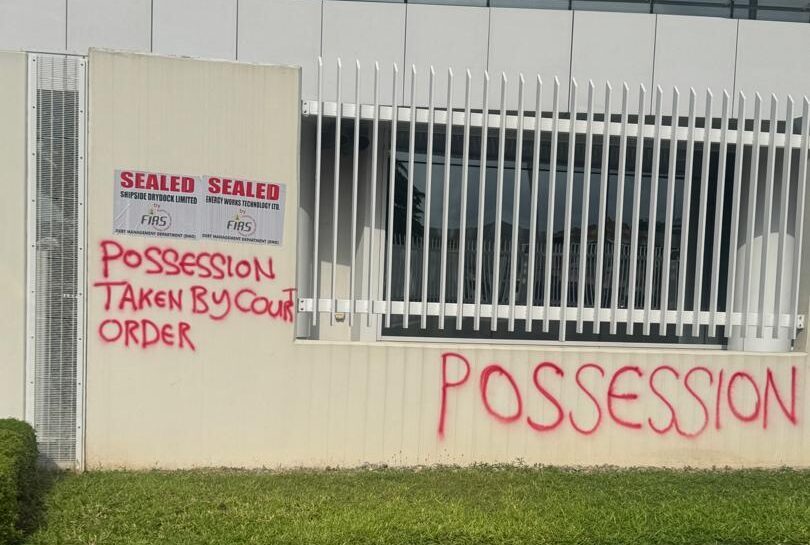BudgIT, one of Nigeria’s leading civic-tech organisations promoting fiscal transparency and accountability, has unveiled the 2025 edition of its flagship State of States Report, which, in descending order, ranked Anambra, Lagos, Kwara, Abia, and Edo as the best performing States.
With the theme, “A Decade of Subnational Fiscal Analysis: Growth, Decline and Middling Performance,” the report marked ten years of consistent subnational fiscal assessment.
It stated that this year’s report evaluated and ranked the fiscal performance of 35 Nigerian states—from most to least sustainable—offering insights into revenue generation, expenditure patterns, debt sustainability, and sectoral investments in education and health.
“Rivers State, which has consistently featured in the top five over the past five years, is conspicuously absent from the 2025 edition—following the declaration of a state of emergency earlier this year, which made the state’s data inaccessible.
“As a result, the 2025 report introduces new entrants to the top five, with Anambra, Lagos, Kwara, Abia, and Edo ranked in descending order.
Anambra State rose from second to first position, securing the title of the best-performing state in the federation, while Lagos maintained its second place for the second consecutive year. Kwara climbed from fourth to third, Edo entered the top five after consistently ranking within the top ten over the last four editions, and Abia, which had never previously featured in the top ten, now ranks fourth.
“Other notable movements include Akwa Ibom, which surged 17 places from 27th to 10th, and Zamfara, which moved up nine places from 26th to 17th.
“At the lower end of the rankings, Imo, Kogi, Jigawa, Benue, and Yobe occupy the bottom positions, with Cross River experiencing the steepest decline, falling from fifth in 2024 to 30th in 2025,” it explained.
It pointed out that for the 2025 edition, it retained the five key metrics used to rank all 35 states.
Index A examines a state’s ability to meet operating expenses (recurrent expenditure) using only its Internally Generated Revenue (IGR), while Index A1 assesses the year-on-year growth of each state’s IGR.
Also, Index B evaluates a state’s capacity to cover all operating expenses and loan repayment obligations using total revenue — comprising IGR, statutory transfers, and grants—without borrowing. Similarly, Index C measures debt sustainability using four major indicators: foreign debt as a percentage of total debt, total debt as a percentage of revenue, debt service as a percentage of revenue, and personnel cost as a percentage of revenue. Finally, Index D assesses the extent to which a state prioritises capital expenditure over recurrent expenditure.
“In terms of IGR performance, the 2025 edition presents notable shifts from the 2024 report. While Rivers (121.26%) and Lagos (118.39%) were the only two states with sufficient IGR to cover their operating expenses in 2024, the absence of Rivers from this year’s analysis has reshaped this dynamic. “Lagos remains a returning champion with 120.87 percent, while Enugu now leads with an impressive 146.68 percent IGR-to-operating expense ratio. Furthermore, unlike the previous year, when six states generated enough IGR to cover at least 50 percent of their operating expenses, only five states
achieved this in 2025: Abia, Anambra, Kwara, Ogun, and Edo.
“Consequently, 28 states still relied heavily on federal transfers and other sources to meet their recurrent expenditures. For perspective, in 2024, six states needed more than five times their IGR to cover operating costs; in 2025, this number more than doubled to 14, underscoring challenges in IGR growth for several states.
“Notably, as in the previous year, all states were able to cover their total recurrent expenditures—comprising IGR, federal allocations, aid, and grants—without resorting to borrowing.
“Turning to capital expenditure, the 2025 period reflects a marked shift compared to 2024, when only Rivers State allocated more than 70 percent of its total expenditure to capital outlays.
“With Rivers’ absence, Abia now tops the ranking, dedicating approximately 77.05 percent of its total expenditure to capital projects. Other states following closely include Anambra, Enugu, Ebonyi, and Taraba, each allocating over 70 percent of its budget to capital expenditure.
“Overall, 24 states spent at least half of their total expenditure on capital items, whereas Bauchi, Ekiti, Delta, Benue, Oyo, and Ogun devoted more than 60 percent of their budgets to personnel and overhead costs, highlighting persisting disparities in expenditure priorities.”
Examining the broader revenue performance, it revealed that total recurrent revenue for the 35 subnationals expanded significantly, rising from N6.6 trillion in 2022 to N8.66 trillion in 2023 and further to N14.4 trillion in 2024—a growth of 66.28 percent, far surpassing the 28.95 percent increase between 2022 and 2023.
“Lagos maintained the largest share of total recurrent revenue, though it was slightly reduced to 13.42 percent (approximately N1.93 trillion) from 14.32 percent in 2023,” it added.
Commenting, BudgIT’s Group Head of Research, Vahyala Kwaga, underscored the critical lessons drawn from a decade of fiscal analysis.





